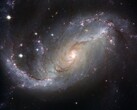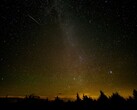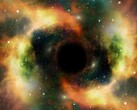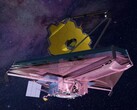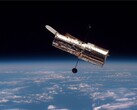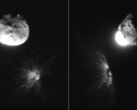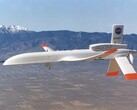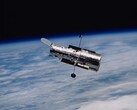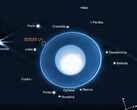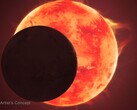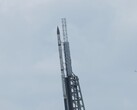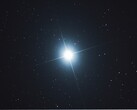An international team of scientists, including physicists at MIT, has detected an ultrabright fast radio burst (FRB) that originated in a spiral galaxy 130 million light-years away in the constellation Ursa Major. The detection, made on March 16, 2025, is one of the closest FRBs ever found and the brightest ever recorded, earning it the nickname RBFLOAT (radio brightest flash of all time.)
The discovery — reported in the Astrophysical Journal Letters — is the first made using the newly upgraded Canadian Hydrogen Intensity Mapping Experiment (CHIME) telescope array. The addition of three “Outrigger” stations across North America now allows the system to pinpoint the location of these mysterious flashes with extreme precision.
This new capability allowed the team to trace the burst not just to its host galaxy, NGC 4141, but to a specific location on the galaxy's edge, just outside an active star-forming region. This location provides a clue to its origin. The leading hypothesis is that FRBs are caused by young, highly magnetic stars called magnetars, which are expected to be found in the center of star-forming regions. The position of this new FRB suggests its source could be a slightly older magnetar that has had more time to drift away from its birthplace.
Cosmically speaking, this fast radio burst is just in our neighborhood. This means we get this chance to study a pretty normal FRB in exquisite detail. — Kiyoshi Masui, an associate professor of physics at MIT.
After checking six years of archival data, the researchers found no previous bursts from this source, suggesting it is a “one-off” event rather than a repeater. The burst's proximity and brightness give scientists a unique chance to probe the environment of a non-repeating FRB and better understand what powers these immense flashes of energy.
Source(s)
Astrophysical Journal Letters via MIT News
Image source: CBC News







